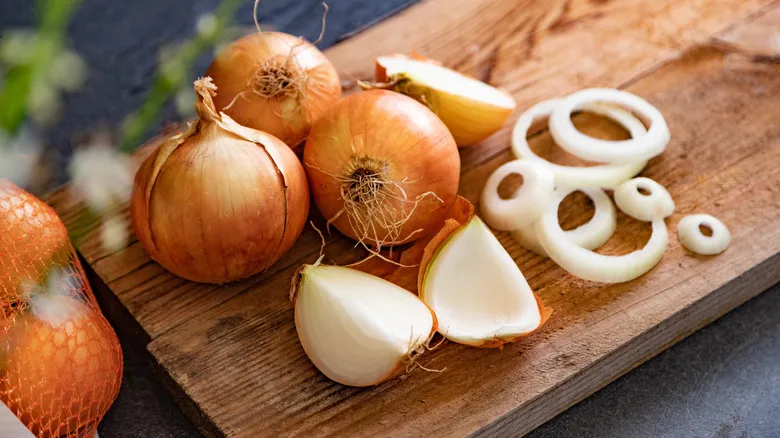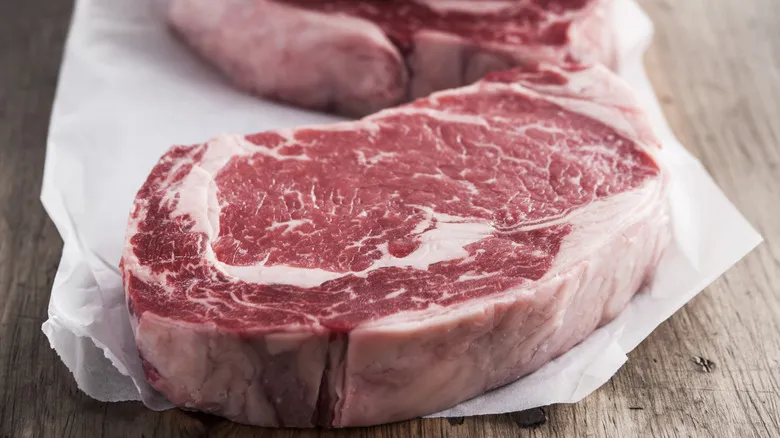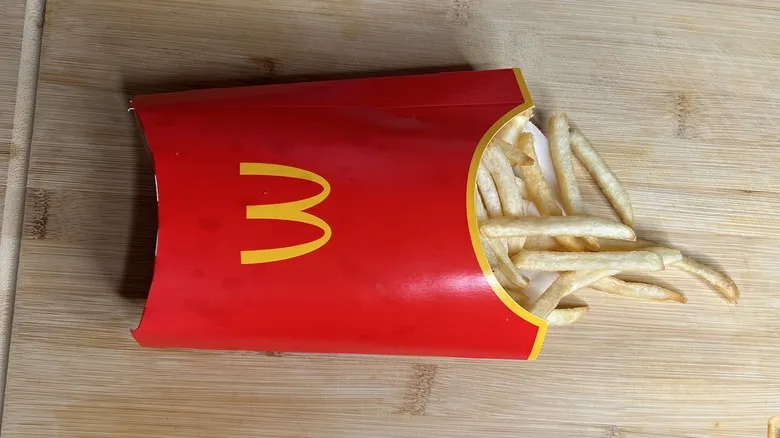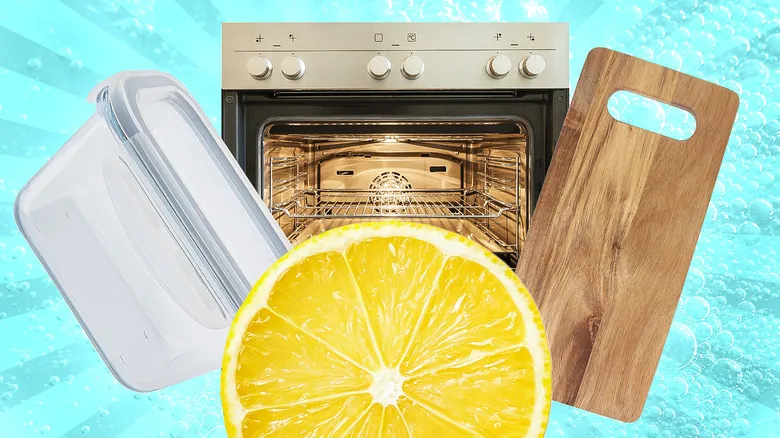How to protect your steak when refreezing it

Refreezing a thawed steak is similar to freezing any piece of meat for the first time, but timing is even more crucial to maintain quality. Although the process will inevitably lead to some dryness, freezing the steak quickly will minimize moisture loss.
While it is generally safe to refreeze meat within three to four days of thawing, provided it has been kept in the refrigerator, it's advisable not to let it sit for too long if you can avoid it. When it comes to refreezing, you have a few options. Vacuum sealing is an effective way to maintain freshness, but not everyone has that equipment available. Alternatively, you can freeze steaks quickly by placing them unwrapped on a baking sheet after patting them dry with a paper towel.
The aim of this technique is to accelerate the freezing process, which helps create smaller ice crystals and reduces moisture loss. If steaks are wrapped before freezing, they may take longer to freeze completely, resulting in larger ice crystals that can harm the meat or lead to freezer burn. However, steaks should only remain uncovered until they are fully frozen; afterward, they should be transferred to a freezer-safe storage container. This could be a freezer bag or wrapped in plastic and butcher paper to prevent moisture loss and protect the meat from dry air.
Recommended

Here's How To Tell If An Onion Has Gone Bad

Stop Apple Slices From Browning In The Refrigerator With One Simple Solution

Give This Classic Dessert A Game Changing Upgrade By Serving It Frozen

The Unexpected Ingredient You Need If Your Shredded Cheese Is Getting Clumpy
Next up





